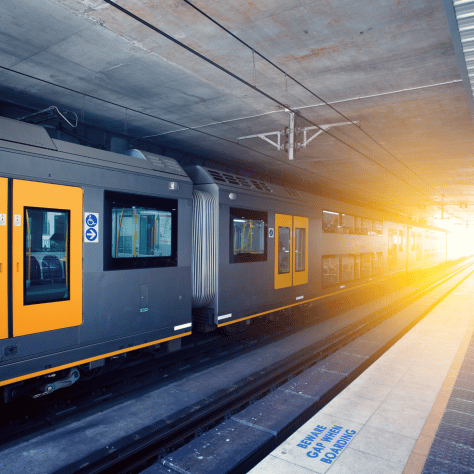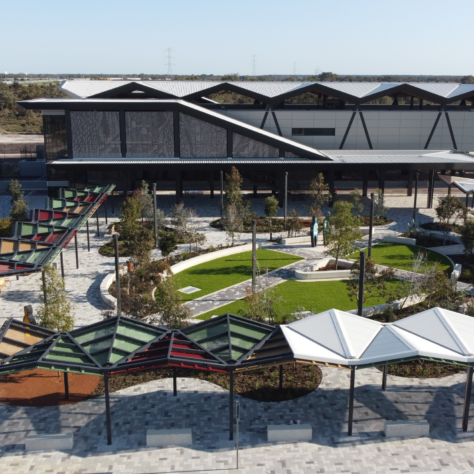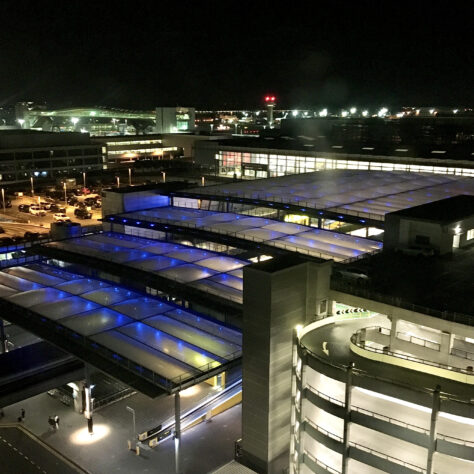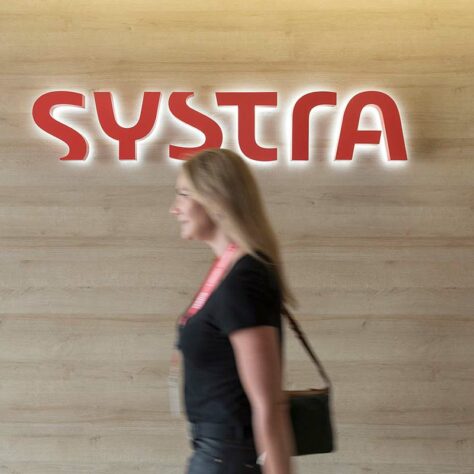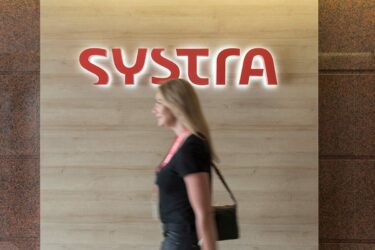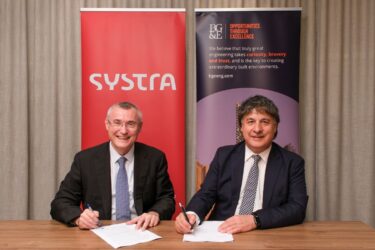With a complex combination of products, processes and people – train stations are modern ecosystems. Not just places where passengers come to board trains, they are destinations in their own right. From passenger information to ticketing and safety, stations bring together many systems—each essential to how people live, work, and move through their community.
Like most ecosystems, it’s not one that has formed overnight. The evolution of technology has constantly opened up new opportunities, improving safety, experience and performance. If technology has made modern use cases possible, then the integration with people and process has made it work.
To better understand the intricacies of train station technologies and its ecosystem, we are going to explore how they work together to support a safer, smarter passenger and station staff experience.
The complex web of Train Station Technologiess
A high-performing station ecosystem integrates multiple layers of systems. These can be grouped into five key categories:
1. Passenger Systems
Passenger systems directly shape how commuters interact with the station and influence the quality of their journey from entry to exit. A seamless, accessible, and informative experience depends on real-time information, reliable service updates, and easy access to support.
Passenger Information Display Systems: Consistent Real-time updates on arrivals, departures, platform changes and carriage capacities.
- Ensuring the correct information is presented in a legible format at the right time and place considering passenger flows, size and visibility of screens
Public Address (PA) Systems: Announcements for boarding, service changes, routine safety messages and emergencies.
- Ensuring announcements are audible and intelligible, acoustic modelling of the station accounting for space acoustics, reverberation and ambient background noise
- Ensuring the system minimises the effect of environmental noise pollution on surrounding areas
- Use of Audio Loops and amplifiers for the hard of hearing
Ticketing & Fare Collection Systems: Smartcards, contactless payments, gates, and mobile ticketing.
- Providing the correct quantity, type and location of equipment to facilitate passenger numbers and movement.
- Integration with back-end financial systems
Customer Help Points & Intercoms: Emergency or assistance points connected to central operations.
- Clearly signed, located in safe zones, linked to CCTV to give operators real-time vision of the passenger and surrounding area for situational awareness
2. Operational & Safety Systems
Operational and safety systems are essential to maintaining smooth rail operations while protecting staff, passengers, and assets. These train station technologies enable proactive risk management and ensure stations meet the highest safety and regulatory standards.
CCTV & Surveillance Systems: Security monitoring, incident detection, and deterrence.
- Designed to ensure sufficient coverage and minimising blind spots and providing varying levels of monitoring, detection, recognition and identification for use as evidence
- Utilisation of Video Analytics for intruder detection and abnormal behaviour (loitering, left baggage, crowd monitoring)
Access Control & Intrusion Detection: Restricting access to technical and operational areas.
- Zoned access control with various levels of security, network wide monitoring and management, linked to CCTV for alarming and awareness
Fire Detection & Suppression Systems: Alarms, smoke detectors, sprinklers, and suppression panels.
- Used in underground environments and in the back of house and equipment rooms of at grade stations, can be linked to Public Address and Passenger Information for evacuation scenarios
Passenger Safety Systems: Platform screen doors, tactile paving, edge lighting, emergency stop buttons.
- Systems to mitigate hazards present in an operational railway
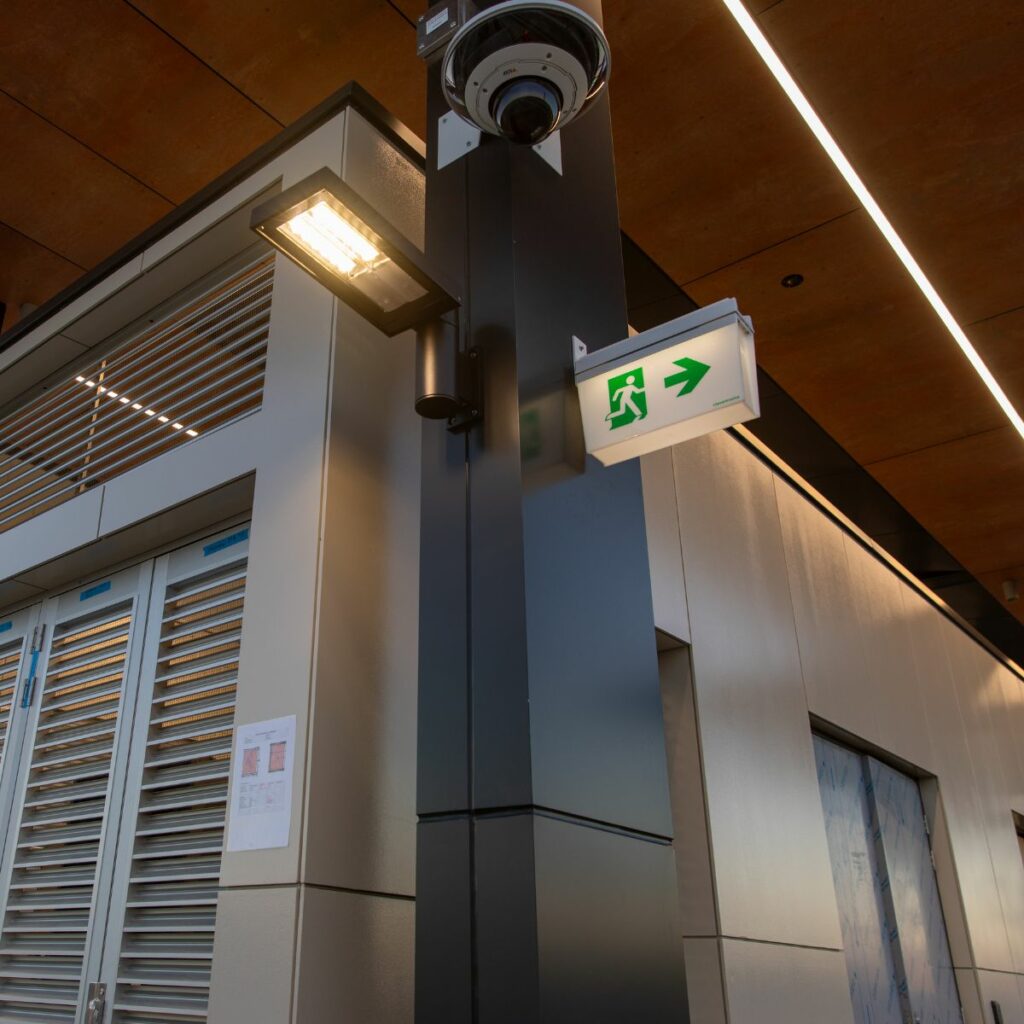
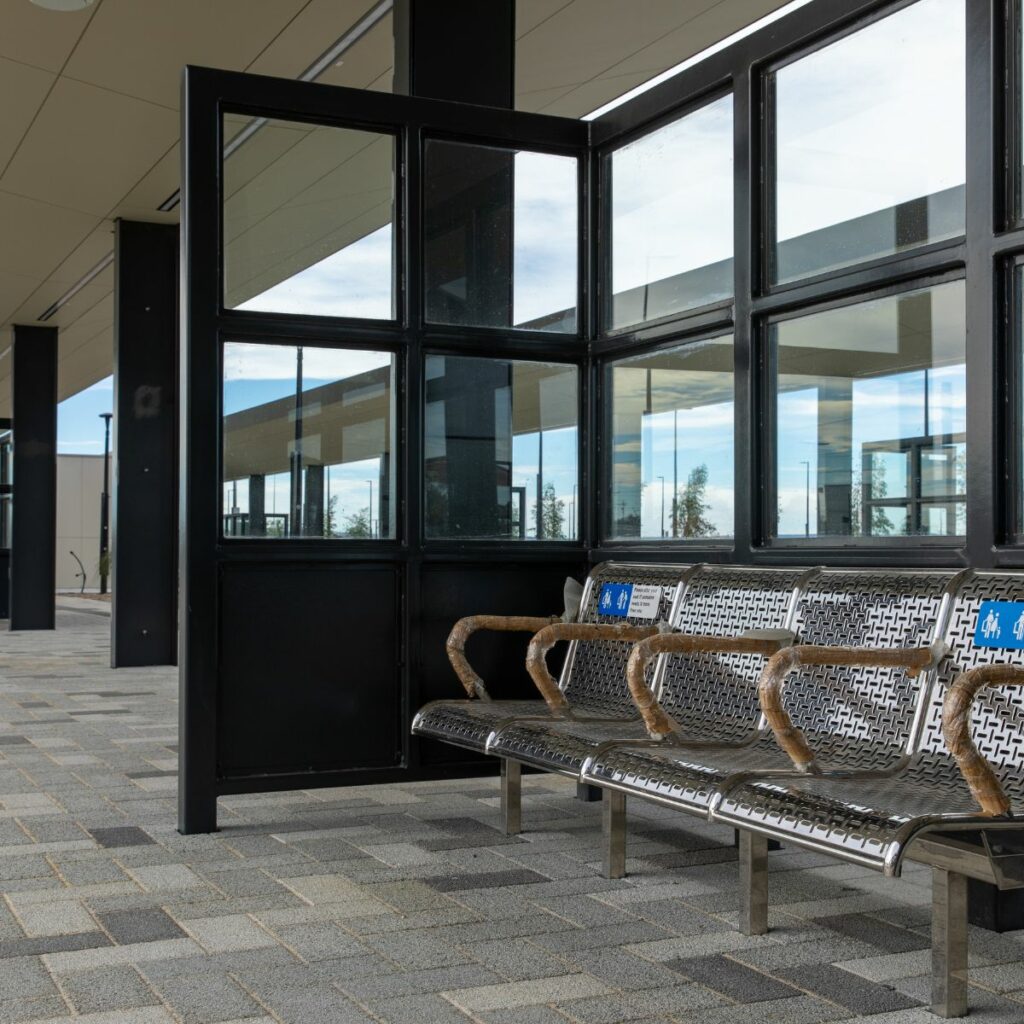
3. Infrastructure & Station Building Systems
These systems monitor and manage the station’s built environment, optimising comfort, energy use, and performance. An integrated approach to building systems boosts sustainability, supports maintenance, and enhances passenger satisfaction.
Building Management Systems (BMS): Integrated control of HVAC, lighting, elevators, and energy use.
- Linked to the Infrastructure Monitoring SCADA to ensure timely response by maintenance teams to degraded operations, alarms are rationalised to accelerate the correct response
Energy Management & Power Supply: Renewable integration, UPS systems, and lighting control.
- Ensures availability of power to critical station systems, loads are calculated and intelligent UPS to remove power from less critical systems first
Vertical Transport (Escalators & Lifts): Integrated monitoring and safety controls.
- Incorporating CCTV, help points and monitored by the IMS
4. Rail & Network Systems that Interface with Stations
While often physically located outside station premises, these train station technologies and systems must work in tandem with station infrastructure to ensure safe and reliable train operations. Their integration with station systems ensures coordination across signalling, communications, and energy control platforms.
Rolling stock: Interfaces for train berthing, power, and onboard system connectivity.
- Include platform edge detection, Driver Assist Video Systems and voice radio
Operation Control Centres: Centralised management of all station and network systems.
- The operational staff at the OCC interface with the station systems including monitoring CCTV and responding to alarms, answering Help Point calls, updating Passenger Information Displays and making information and emergency announcements over Long Line Public Address
Electrical Control Room: Coordinates and controls station-wide electrical distribution systems.
Signalling & Train Control (ETCS, CBTC): Control systems ensuring safe train movement and platform alignment.
Communications Systems (GSM-R, FRMCS): Data and voice communication for operations.
Supervisory Control and Data Acquisition (SCADA): Real-time monitoring and control of infrastructure.
5. Digital & Data Systems
These advanced technologies enable automation, predictive maintenance, and real-time insights that elevate station performance. By centralising system management and analytics, they drive efficiency and support data-driven decision-making.
- Data Analytics & Condition Monitoring Platforms: System health tracking, predictive maintenance, and energy efficiency.
- Digital Twin / BIM Integration: Live data models for simulation, operations, and asset management.
- Cybersecurity: Protection of critical infrastructure systems (SCADA, OCCs, ticketing, and PIDS) against unauthorised access or data breaches.
6. Other Notable Systems
- Compliance and regulatory: Ensuring alignment with standards such as ISO/IEC 27001 (Information Security), NIST Cybersecurity Framework, and rail-specific legislative requirements. Application of (Disability Discrimination Act 1992 (DDA) principles
- Alternative Transport Modes: Seamless integration and real-time data sharing between buses, light rail, taxis, and micromobility options.
- Utilities: Water, electricity, gas, drainage, and backup supply infrastructure systems.
Examples from Australia and Around the World
Integration makes it work
Each of the many train station technologies and systems outlined above plays a vital role in the modern station environment. But their true value isn’t realised in isolation. System Integration makes it work. It’s the glue that connects disparate, siloed, and often separately delivered systems into a unified ecosystem—one that functions efficiently, delivers a seamless passenger experience, and performs under pressure.
System integration is undeniably complex. A glance at the number of systems above is enough to overwhelm even seasoned project teams. Without careful, expert-led integration, the intended ecosystem risks becoming fragmented. A station will then be left to face costly clashes between isolated systems, duplicated infrastructure, and functionality gaps that limit outcomes from day one.
This is why it needs to be done right. A Systems-focused approach that integrates people, process and product enables:
- Operational Efficiency: Systems communicate seamlessly, enabling smooth operations across the station and wider network.
- Passenger Experience: Real-time, reliable, and accessible information makes for smoother journeys.
- Safety and Security: Faster, smarter responses to incidents through integrated surveillance, alerting and communication systems.
- Future-Proofing and Resilience: Modular systems and interoperable platforms simplify upgrades and improve lifecycle value. Interoperable systems also make it easier to upgrade and maintain over the long-term.
- Operational Readiness: Ensuring that the station is ready to function as an ecosystem from day one.
Our Signature Difference – A Systems-Focused Approach
At SYSTRA, we see integration not as a task, but as a mindset. We are the signature team for integrating train station technologies and systems into complex environments to ensure they produce the desired outcomes.
Our systems engineering expertise allows us to see the station as a living ecosystem—where passenger systems, safety systems, infrastructure controls, and data platforms must interact seamlessly. We understand that long-term outcomes—like reliability, accessibility, safety, and sustainability—can only be achieved when the people, processes, and technologies behind each of these systems are aligned from the start.
We work with our clients and delivery partners across the full lifecycle of a project to:
- Define system architecture and integration requirements.
- Lead interface management across multiple disciplines and delivery partners.
- Deliver verification and validation strategies to reduce risk at each stage.
- Focus on operational and human factors to ensure systems are intuitive and effective.
Because integration isn’t just about how systems connect—it’s about how they perform together. And that’s what makes a station an ecosystem.
More content like this

- Experts' Insights
Navigating Complexity: The Power of Systems Integration in Infrastructure Projects
Read more
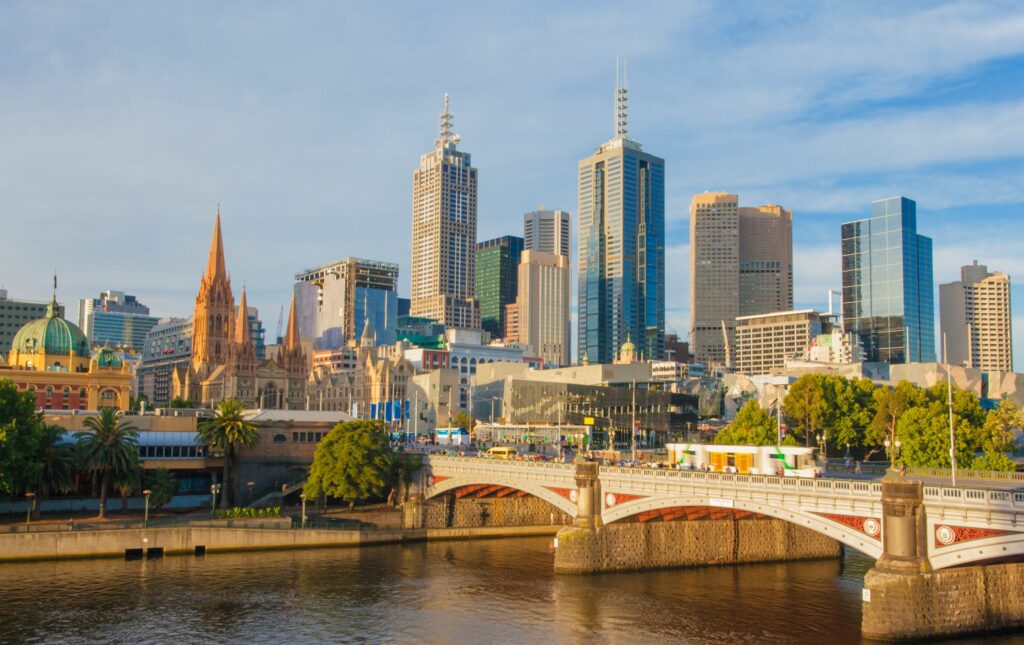
Sectors and Services
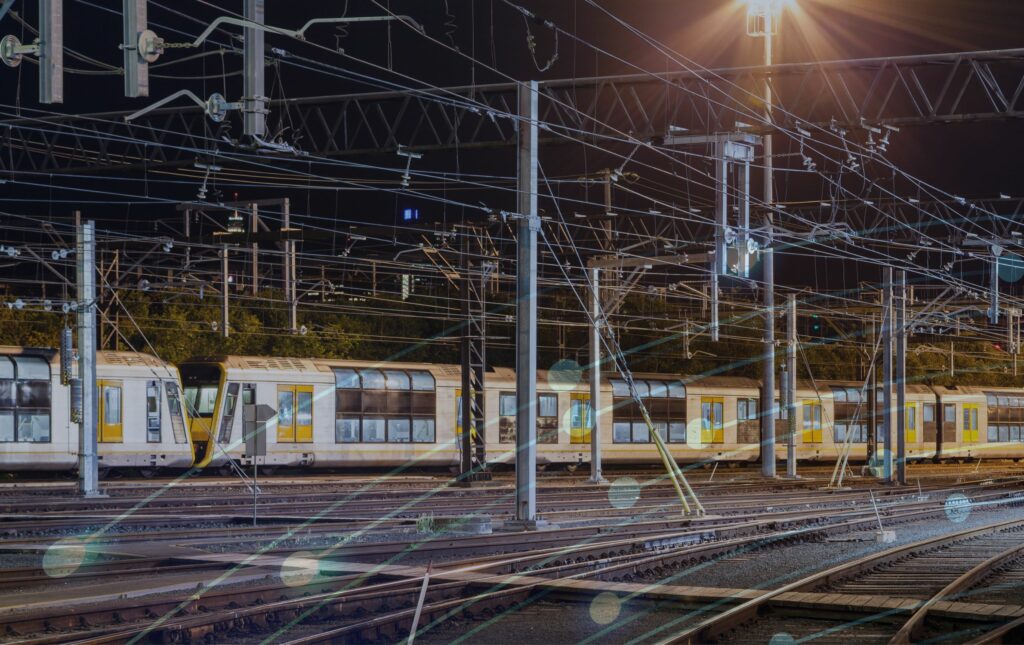
- services
Systems Integration
Read more sur Systems Integration
- markets
Stations
Read more sur Stations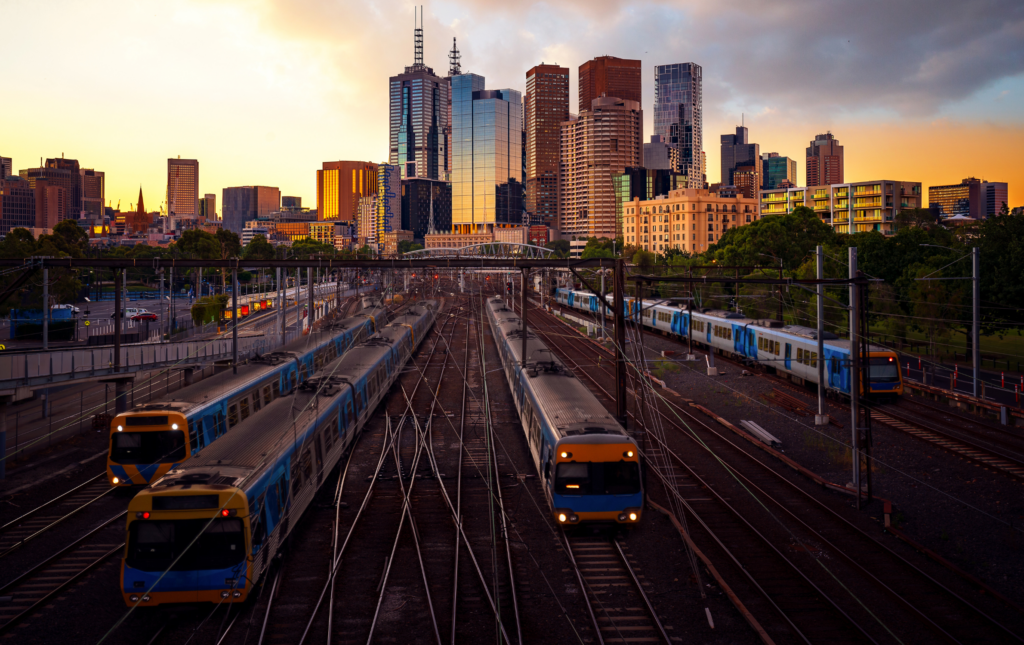
- services
Train Control Systems
Read more sur Train Control SystemsNeed more information?
For more information, please get in contact with us. Alternatively, if you wish to keep in touch please hit subscribe.
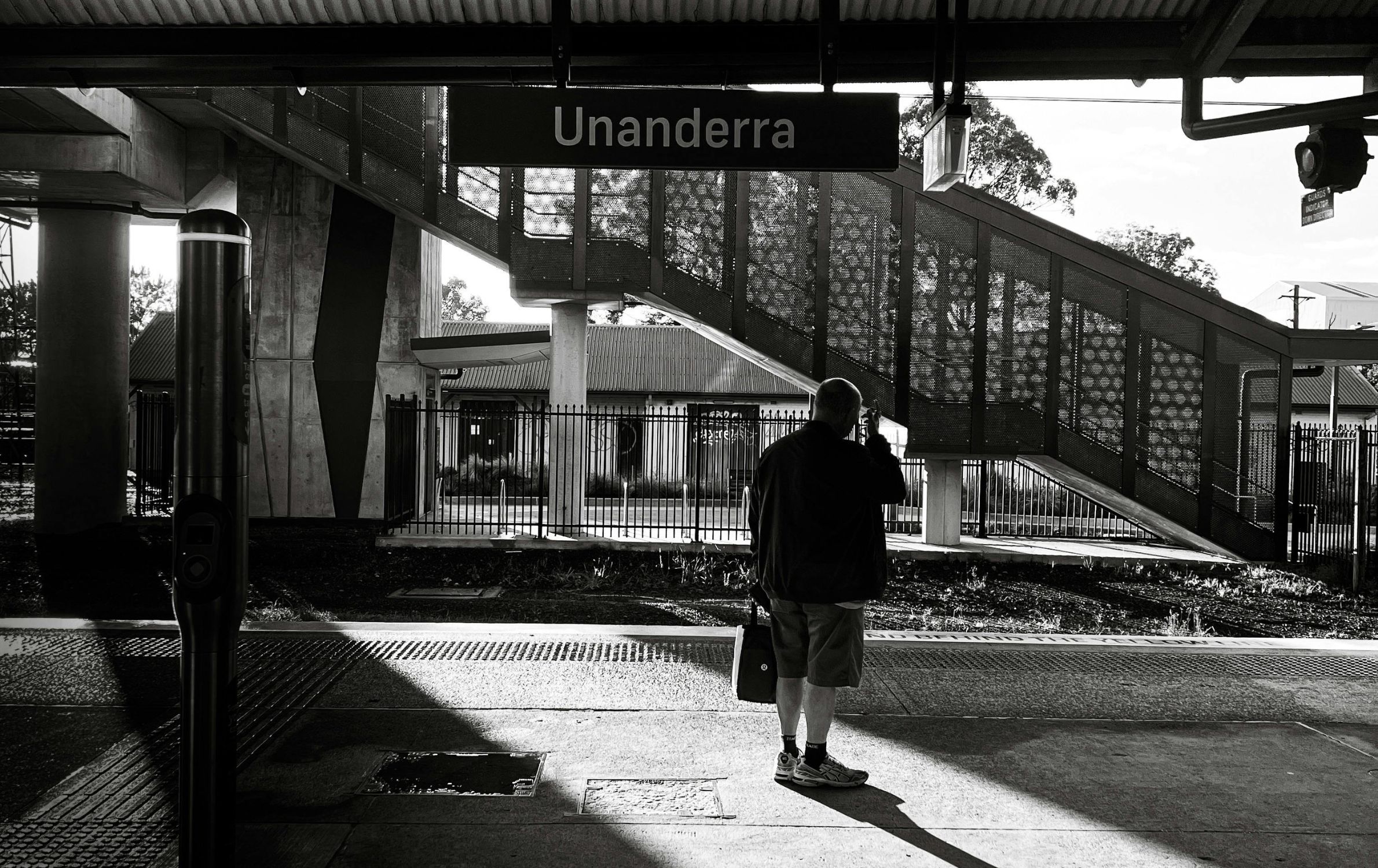

 Brazil
Brazil  Canada
Canada  Chile
Chile  China
China  Columbia
Columbia  Denmark
Denmark  Egypt
Egypt  France
France  India
India  Indonesia
Indonesia  Ireland
Ireland  Italy
Italy  Malaysia
Malaysia  Norway
Norway  New Zealand
New Zealand  Panama
Panama  Peru
Peru  Poland
Poland  Portugal
Portugal  Saudi Arabia
Saudi Arabia  Singapore
Singapore  South Korea
South Korea  Spain
Spain  Sweden
Sweden  Taiwan
Taiwan  Thailand
Thailand  Türkiye
Türkiye  United Kingdom
United Kingdom  United States
United States  Vietnam
Vietnam 